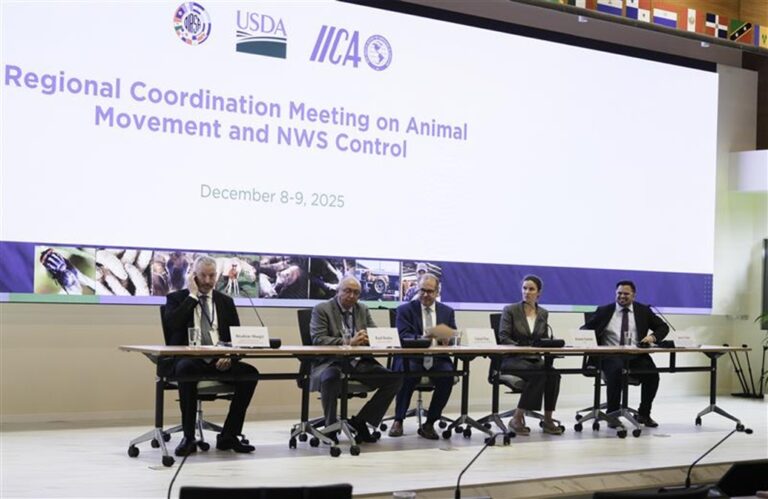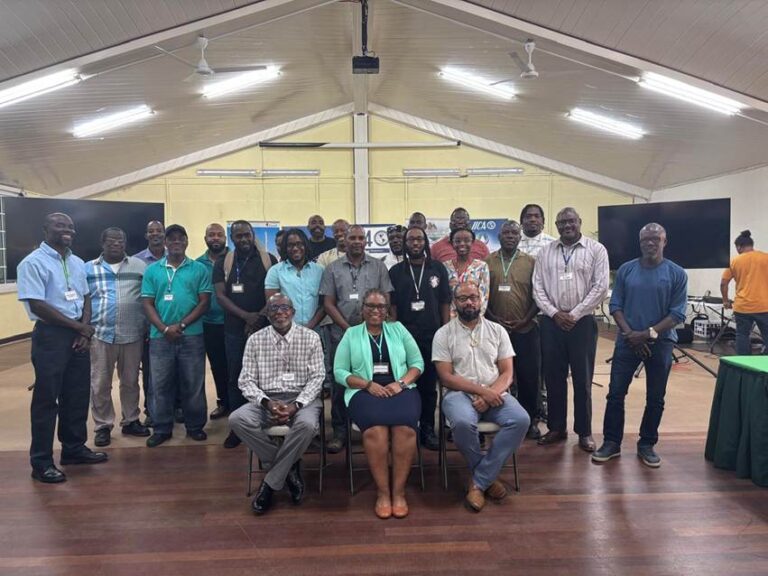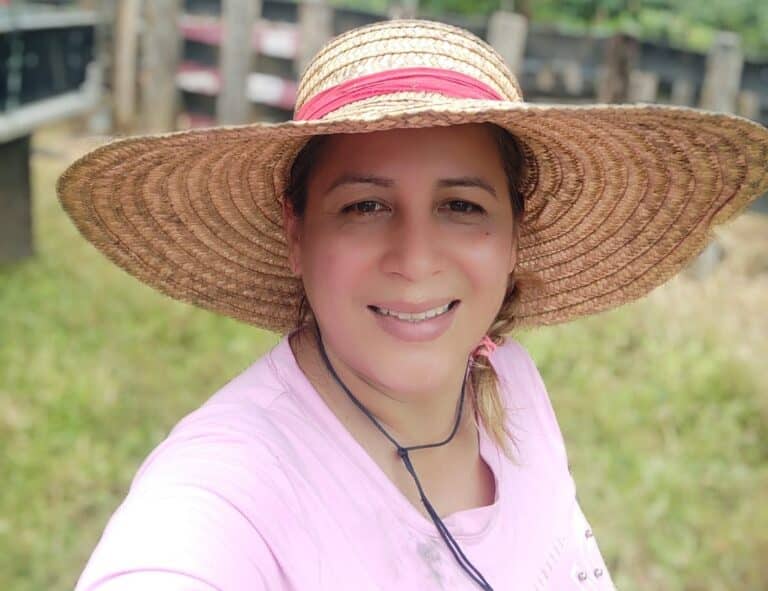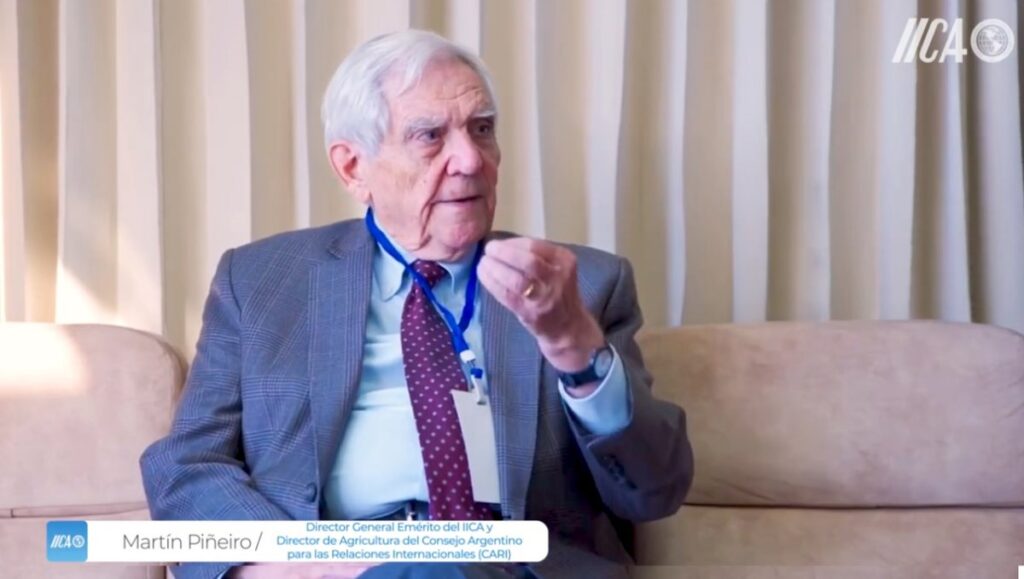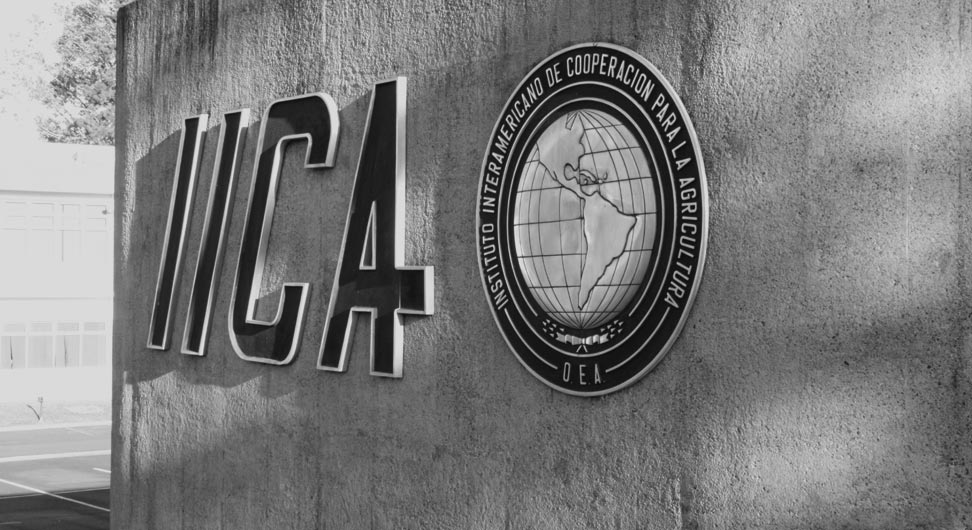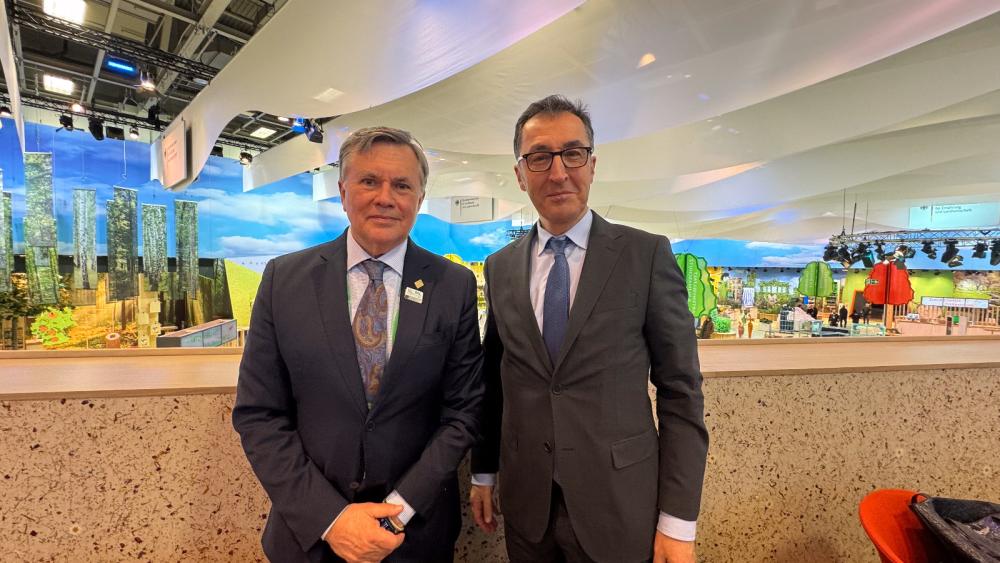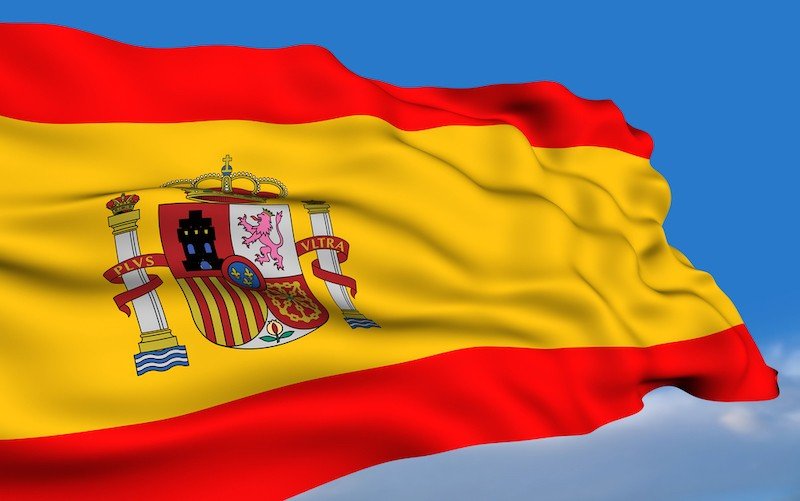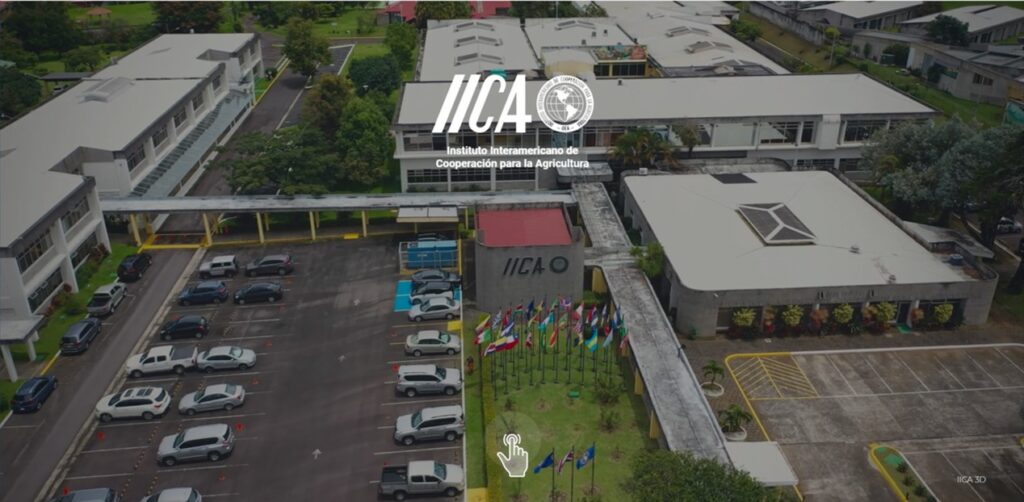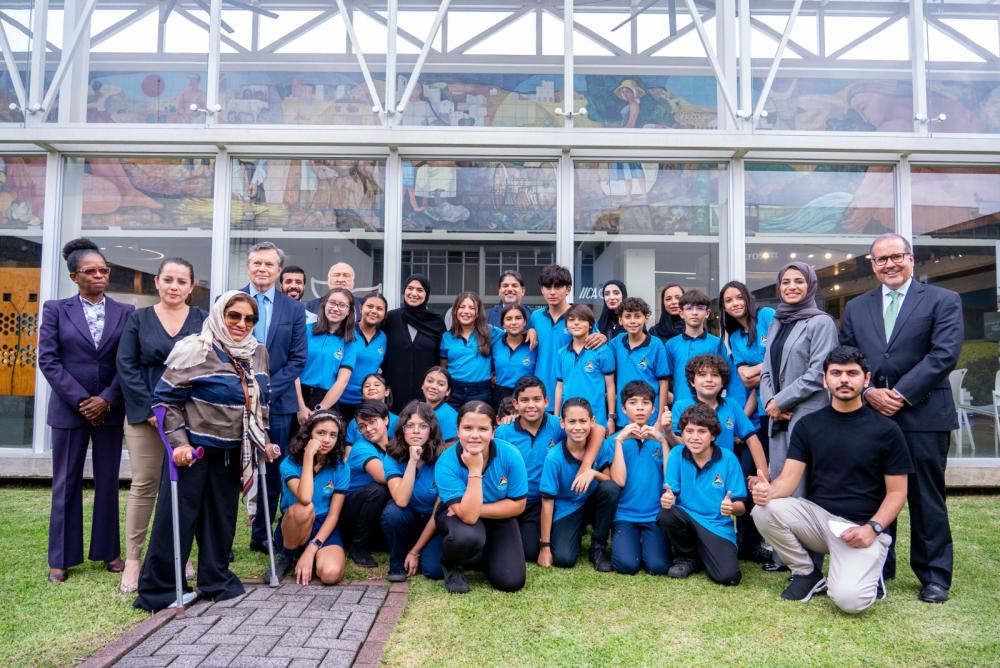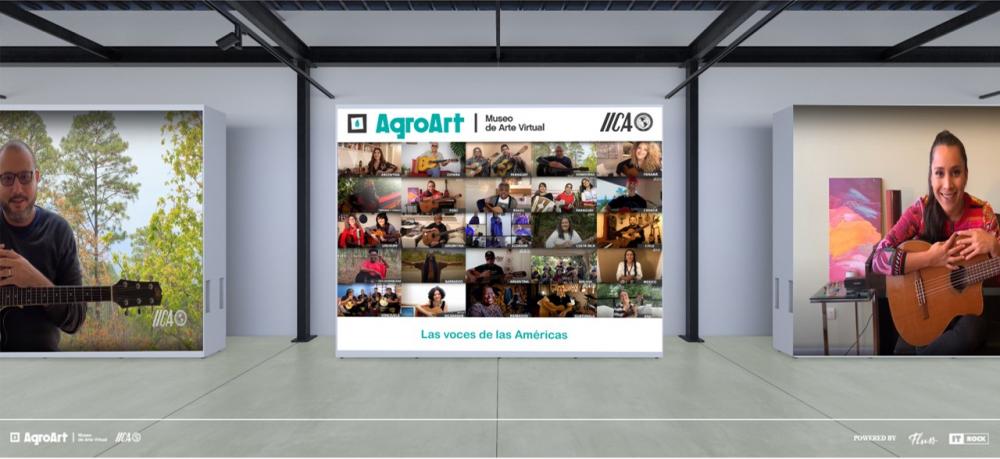The Institute is pleased to present a digital version of its 2016 Annual Report, a productive harvest of IICA’s contributions to agriculture in its member countries.

San Jose, Costa Rica. It is harvest season, a time to enjoy the fruits of arduous labor in the form of technical cooperation, aimed at creating a more productive, sustainable and inclusive agriculture in the hemisphere.
We are very proud to present our Annual Report, a modern, dynamic, appealing and intuitive summary of the main achievements of the Inter-American Institute for Cooperation on Agriculture (IICA) in 2016.
It is the result of the Institute’s teamwork: staff members, graphic designers, communicators and information management specialists, who with care and dedication achieved a product we hope you find very useful.
The report, also available in Spanish, contains infographs, explanatory messages, links to information resources of interest that have been supported by IICA, institutional publications and details of our most relevant actions.
What did we achieve in 2016 and in which areas? In what ways did we contribute to the agricultural sector of the Member States? How many projects did we conclude and how much money did we spend? You will find the answer to these and other questions in the document.
Click here to browse through the document: http://annualreport.iica.int/home.html

